Avoiding the ERV humidity/energy penalty when connecting to existing duct work
I haven’t seen this explicitly stated elsewhere, but integrating an ERV supply into the return of existing ductwork also used by the AC has an energy penalty, and particularly a humidity penalty.
It is stated in other articles here that the blower should not be ran after running the AC. After the AC cooling run, water on the AC coils will continue to drip down to complete dehumidification. However, running the blower will evaporate the water still dripping, preventing full dehumidification- an energy penalty as well as a comfort penalty on humid but not very hot days where AC cools the air but doesn’t fully dehumidify it.
A smarter interlock is needed. The thermostat could play this role. The thermostat can control the ERV as an accessory. But there’s no indication that for example the Ecobee gets this right and avoids ventilating after cooling.
The Broan AI ERV has a feature that looks like it would help greatly with this:
I assume that to take proper advantage of this, the Broan AI should be running in intermittent mode. It has a smart mode that will already tend to run intermittently during high humidity.
Should I put my trust in Broan AI? Or is there a thermostat that handles this?
Or should we be putting the ERV supply directly into the blower supply? I see this advised against for reasons related to pressure differentials. Broan AI is supposed to automatically adjust to pressure changes and this supply setup is one mentioned in their manual. However, they state that in this case an interlock is needed for other reasons:
> Unit should be synchronized with central forced-air system operation to avoid condensation and mold growth in central forced-air system distribution ducting if cooling mode of central forced-air system is used.
GBA Detail Library
A collection of one thousand construction details organized by climate and house part
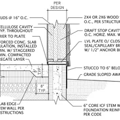
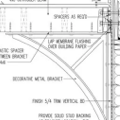

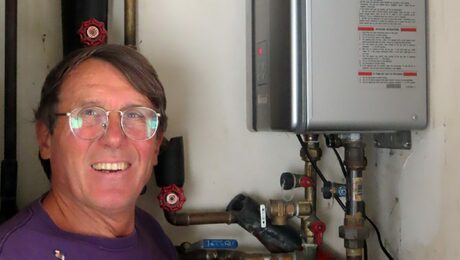
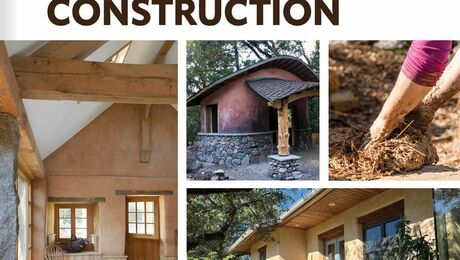
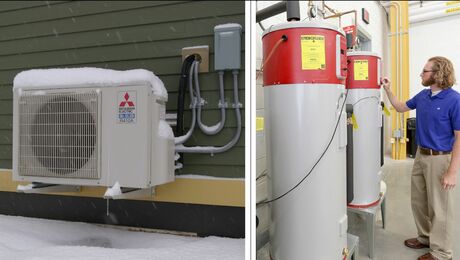
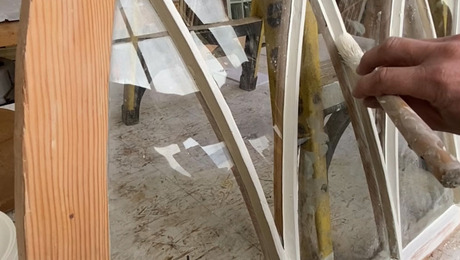
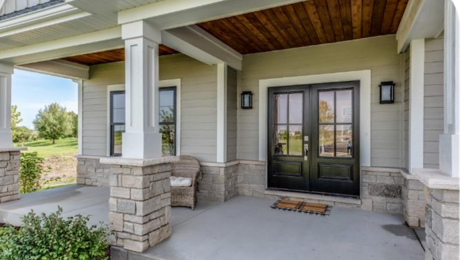
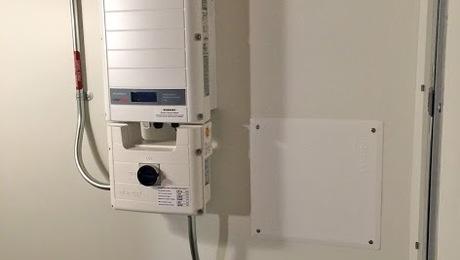
Replies
Maybe it would work for you to have the erv supply near a return vent but not dependent on it.
Rather than deal with syncing the ERV up with the air handler I have the erv fresh air supply vent near the upstairs HVAC return so if the air handler happens to be on it helps circulate the fresh air throughout the house, otherwise it goes into the hallway where it then goes into the bedrooms and downstairs towards the main living areas.
I’m beginning to see the wisdom of this approach. It’s actually suggested in the Aldes ERV manual.
I am wondering if this creates any comfort issues- possibly in humid but not very hot weather when air may not be recirculating much.
The problem with this approach is the expense of the additional ductwork. It still requires creating a separate supply system, although something limited and doable in a retrofit. The bigger issue is it requires the expense of a dedicated exhaust supply to avoid the ERV exhausting a relatively high percentage of the fresh air it just produced. With a dedicated exhaust there’s already another good option- avoid interlock altogether and let fresh air come out the return when the blower doesn’t run.
I've been a proponent of a similar hybrid ducted setup. If you use an auto-balance erv, you can connect it stright to the return duct. Similar idea, when the air handler is running, it distributes the fresh air. If the air handler is off, the fresh air is supplied to the house through the return grills.
If you combine this with a correctly sized modulating air handler, which really should be the case for any new build in 2024, and the air handler will be running 24/7 providing the fresh air distribution.
I've done this setup with ducted mini splits and works very well.
The only caveat is you need the stale air ducted to the house, the simple ducted ERV setup won't work. If you look at the cost of a bunch of bath fans, associated ducting and wall caps, the cost of this is pretty much a wash.
For simply ducted ERV, you have no choice but interlock the ERV and air-handler. Again, if a modulating air handler, this is most likely not an issue. In any case the Boran sync option does seem like a good option especially when dealing with 1 or 2 stage units.
From my understanding the Ecobee ERV accessory controls is somewhat smart. If the HVAC runtime is sufficient to meet the ventilation target, it won't force the fan on. If the HVAC is off too long, it will run the fan but you probably want that anyways to get fresh air in the house.
Akos, on the Ecobee, yes that is correct. If you set a 20 minute/hour runtime on the stat for your ERV, the Ecobee will only run an interlocked fan if that runtime has not been met already with heat/cool cycling over the hour.
Hmm, I think there are still problems with the Ecobee. I see this in the Ecobee Premium manual page 51. https://downloads.ctfassets.net/a3qyhfznts9y/55gpc6jhRTJ7KjXDjxDRzu/ad17b04461596be3b00b9c65d6e3a895/ecobee_Premium_install-setup-user_manual_v1.pdf
> Regardless of the type of ventilator the minimum runtime settings are used to force the ventilator to run a specific number of minutes per hour. This runtime is broken into 15-minute blocks to evenly spread out the runtime throughout the hour, but at a minimum 5 minutes of runtime is required. So, if the runtime was set to 10 minutes, the time is broken into two 5-minute blocks.
To avoid the situation described in this question, the Ecobee would have to spread out the AC run time if it is spreading out the ventilator run time. But this is not recommended for dehumidification because the AC has to run for at least 15 minutes for dehumidification to occur. Long runs of AC are recommended for better dehumidification to occur.
There is a more radical approach that a neighbor of mine has taken that would solve this with less ducting rather than more: remove all ERV exhaust ducts and install the ERV near the basement furnace. This makes the ERV supply-only for the house. It uses waste heat from the furnace in the winter and waste cooling in the winter. Otherwise if the furnace is not running it is using basement air, which is still useful much of the year but would be bad when the temperature outside is > basement temp and < 72. In that case the fresh air gets further cooled by basement air when heating is actually what is desired.
Dampers with junctions could be added to effectively disconnect the ERV exhaust from the AHU return when the temperature is > 72 or otherwise the AC would be running. Other times of year the ERV can connect to the return and the blower can run 24/7. This would avoid any need for interlock.
As a bonus, supply only ventilation is more desirable with warmer weather and higher humidity- it keeps humidity from coming into the walls and condensing.
Can anyone point out what is wrong with this radical approach?
I suspect that this setup is brilliant for a low CFM in a basement with an insulated floor, etc and an HVAC that leaks a lot of cold. In a tight basement at a high CFM without much cooling leaking from the HVAC it will transfer all the energy out of the basement air faster than it can be replenished, eventually making the ERV no different from a fan. This was all assuming there is decent airflow in the basement. Which is normally accomplished with registers and returns- which means energy is coming from what is blowing through the HVAC and no free lunch again- might as well just have a supply only fan.
This is one of those that feels like it should work, but it doesn't.
What you have created is an expansive exhaust only ventilation system. Any air that the ERV is pushing outside needs to come somewhere and it comes through the air leaks in the house. This means the ERV is 0% efficient.
There is often this misconception that the basement is outside of the house. Unless you build with passive house levels of floor sealing, it is impossible to separate the basement from the house, in any standard residential construction the basement is part of your house. Any heat that is "wasted" in the basement is actually going to heat the house. If you managed to insulate and air seal the furnace and removed that house source there, the only thing you would have is cold floors on the main level but the HVAC would run almost the same amount. It would run a bit less as a colder basement looses less heat but that is about it.
Unfortunately there is no simple solution, ERVs need two ducts to the outside. For the rest, many ways of connecting the fresh air supply and stale air pickup in the house.
I suspect a lot of wasted basement heat is leaking out of the basement into the ground rather than heating the house. I discovered this when I improved the insulation in my basement- it became the warmest place in the house. Even with vents closed.
If heat flows out of the basement faster than heat flows into it (through the basement ceiling and the basement door) then basement heat is being wasted. This is probably going to be the case if the basement floor is uninsulated and unfinished.